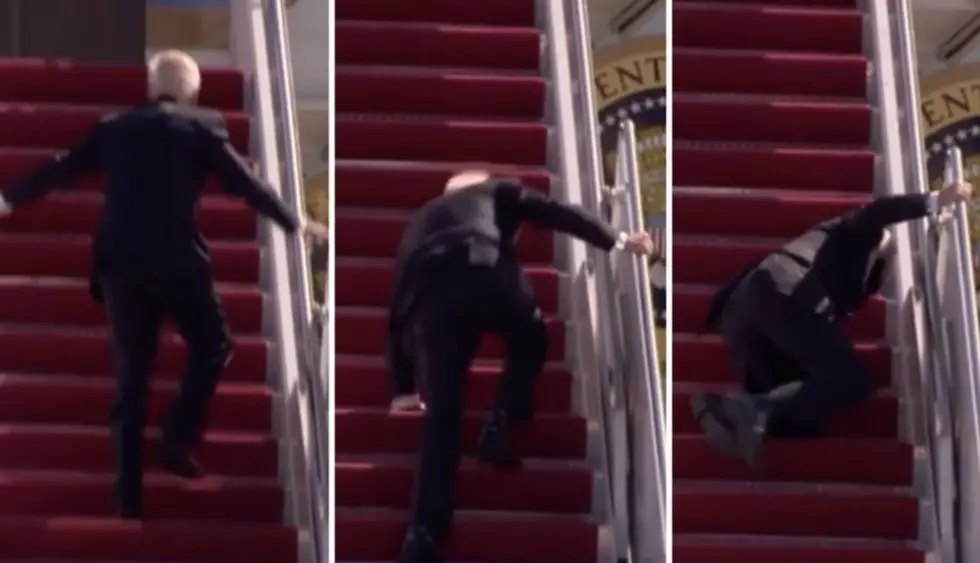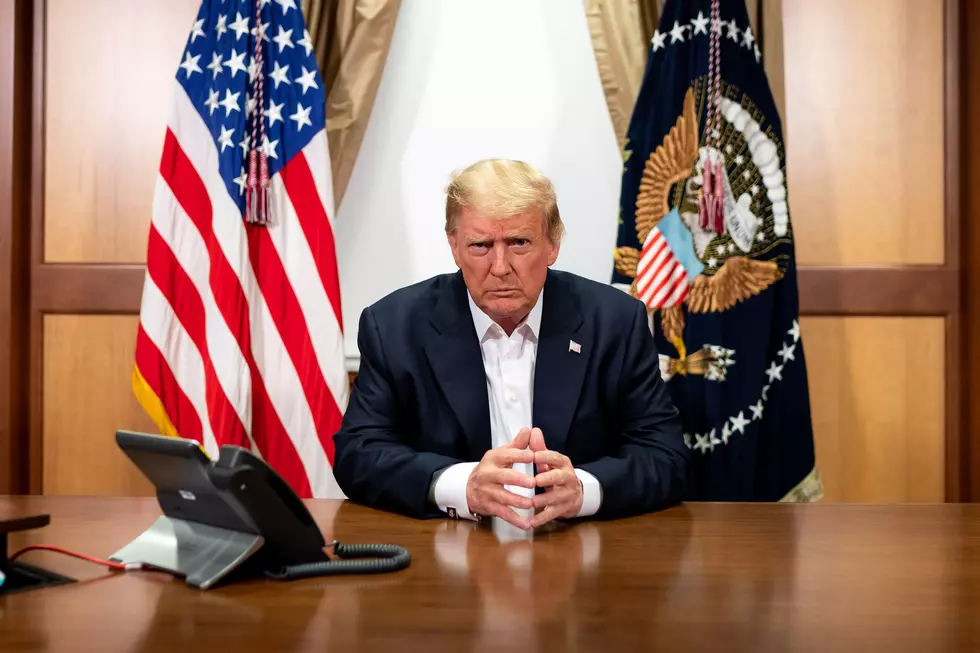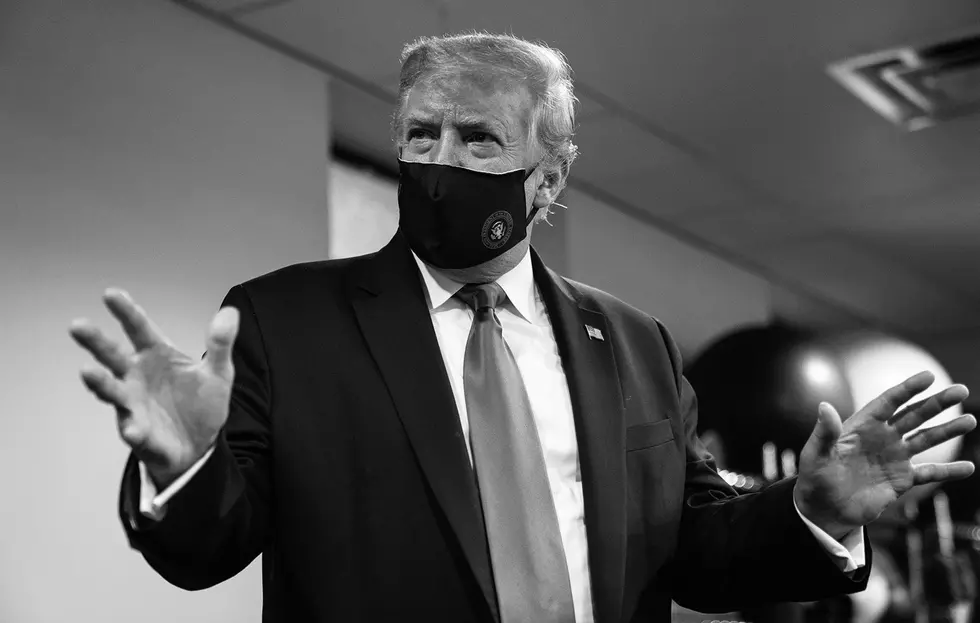
What Happens When a Former President Dies? Questions Arise as Jimmy Carter Enters Hospice Care
News broke over the weekend that former President Jimmy Carter has entered hospice care at home. The Georgia native has had several short hospital stays recently, and he and his family appear to have chosen a move toward hospice care going forward.
Such an announcement typically means that a person is expected to have less than six months to live and that doctors and family are opting to make a patient as comfortable as possible for their remaining days.
The Carter Center made the announcement on Saturday.
"After a series of short hospital stays," The Carter Center said in its statement, "former U.S.
President Jimmy Carter today decided to spend his remaining time at home with his family and receive hospice care instead of additional medical intervention."
"He has the full support of his family and his medical team," the statement continued. "The Carter family asks for privacy during this time and is grateful for the concern shown by his many admirers."
His grandson, Jason Carter, posted on Twitter that the former president and his wife "are at peace and—as always—their home is full of love."
Since 2019, Carter has been the longest-living U.S. President, surpassing former President George H.W. Bush, who died that year at 94 years and 171 days. His marriage to Rosalyn Carter is also the longest presidential marriage on record at 76 years.
What Happens When a Former President Dies?
Since 1973, there have only been four state funerals for former presidents. Lyndon B. Johnson's state funeral was in 1973, Ronald Reagan's in 2004, Gerald R. Ford's in 2007, and George H.W. Bush's in 2018.
Former President Richard Nixon, the first president to resign from office, died in 1994 after suffering from a severe stroke. His wife, Patricia Nixon, followed his wishes and held a smaller funeral at his presidential library instead of a state funeral in Washington D.C.
WhiteHouseHistory.org explains the rather morbid tradition presidents go through when they enter office - planning their own funerals.
Traditionally five days in length, presidential state funerals are meticulously choreographed. Coordination for the events is conducted by the army’s Military District of Washington and begins early in each presidential term, when a new president is asked to attend to the strange task of imagining his own funeral service. It is a cold realization that greets a new president at the White House door.
By helping plan their own funeral, presidents are able to incorporate personal touches that can elucidate their character and legacy on a national stage for the last time. In many ways, funeral services are final conversation with the nation, and illustrate something about the man and the way in which he wishes to be remembered.
When a current or former president dies, federal law requires flags to be flown at half-staff on all federal buildings, grounds, and naval vessels throughout the country for 30 days as part of the official mourning period for the passing of a president.
As well, the sitting president is expected to issue an official announcement of the death of a former president. He or she is also expected to authorize the closure of federal buildings, agencies, and departments to observe a national day of mourning.
Next, according to Reader's Digest, "on the day after a president dies, the military fires one gun every half hour as a symbolic salute to their former commander-in-chief. The commanding general of the Joint Task Force-National Capital Region (JTF-NCR) also serves as the military escort for the deceased president’s family from the time of the official announcement to the burial."
Then, there will be a lot of planning surrounding the funeral itself. While a former president's funeral usually lasts five days, the family will be planning the final touches of the event while organizers plan everything meticulously planned down to the last detail, including highly-specific seating charts. Former presidents, as well as current presidents, are usually front-and-center for these events, with even the most bitter of partisan opponents setting aside their differences for the solemn event.
The five-day funeral will usually culminate with a procession down Pennsylvania Avenue in Washington, D.C., where the American military will give a final salute to its former Commander-in-Chief. On the day of the burial, "seven honor guards form a rifle party and fire a three-volley salute over the gravesite—a custom that dates back to the Roman military," Reader's Digest explains.
After the funeral procession is over, the former president's body is transferred to its final resting place, which is usually a place of significance to the president and/or their family - presidential libraries, birthplaces, homes, etc.
If, as expected, former President Carter does pass away in the coming weeks or months, there will be a lot of news coverage recounting his life before, during, and after his presidency.
Louisianans Who Ran for President
"Hail To The Chief" With These 10 Presidents' Day Cards
More From News Talk 96.5 KPEL






![Carter Confirms His Son and Willie Nelson Smoked Weed on White House Roof [Video]](http://townsquare.media/site/33/files/2020/09/GettyImages-1125926272.jpg?w=980&q=75)


